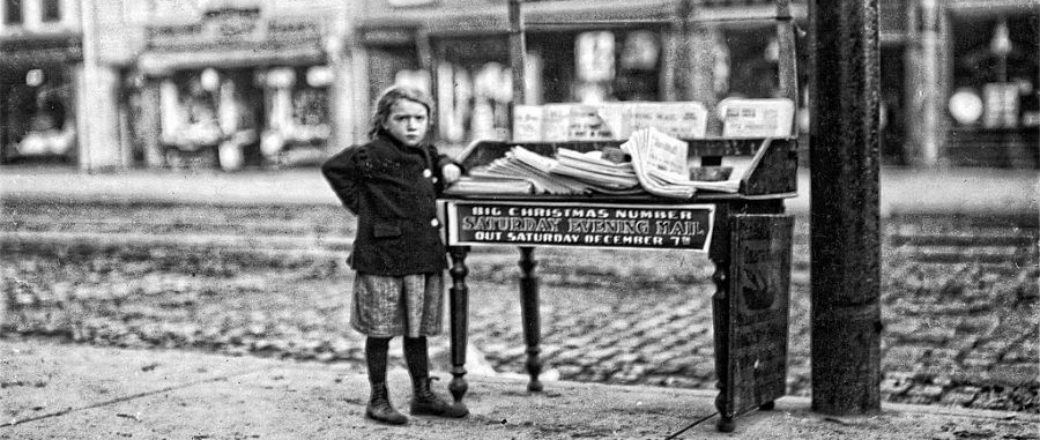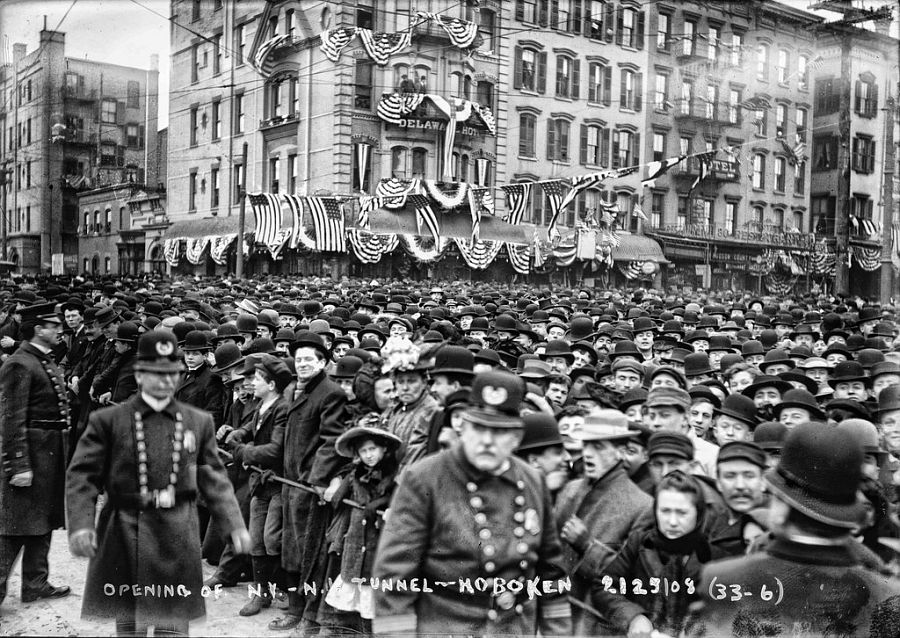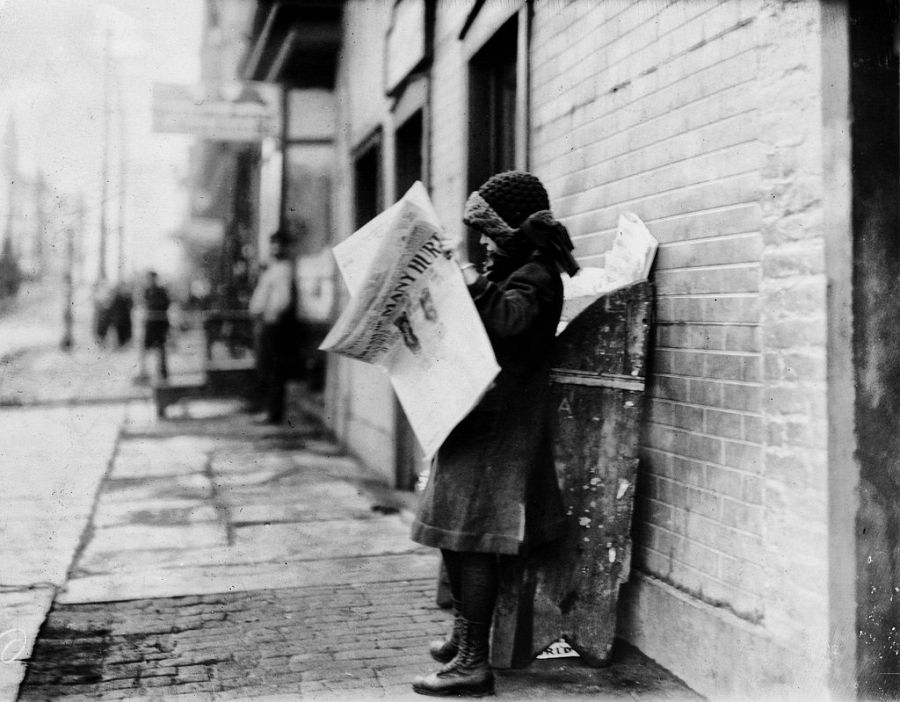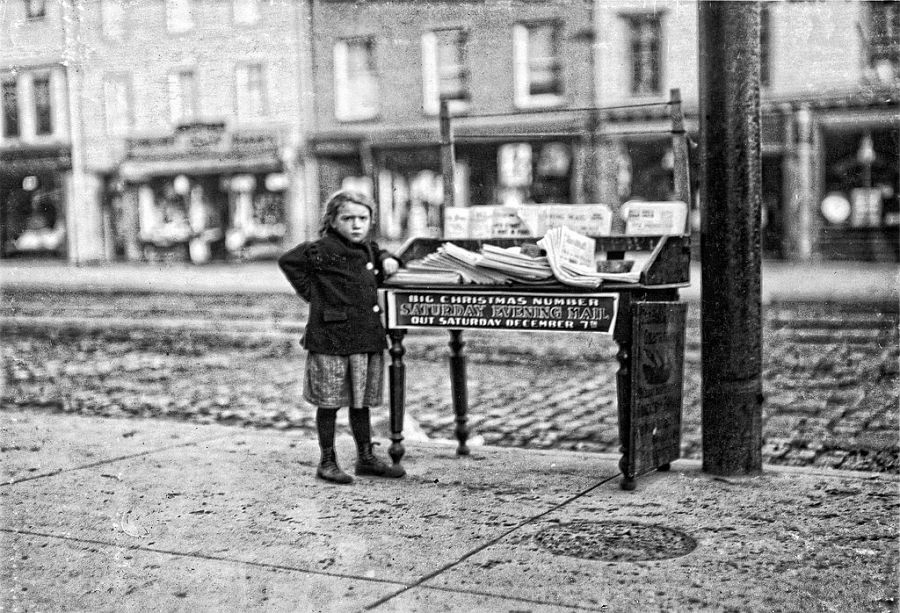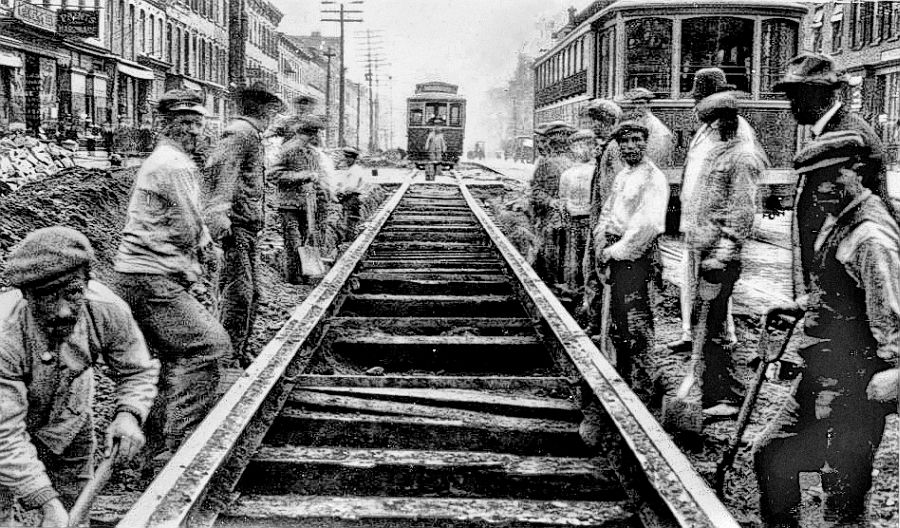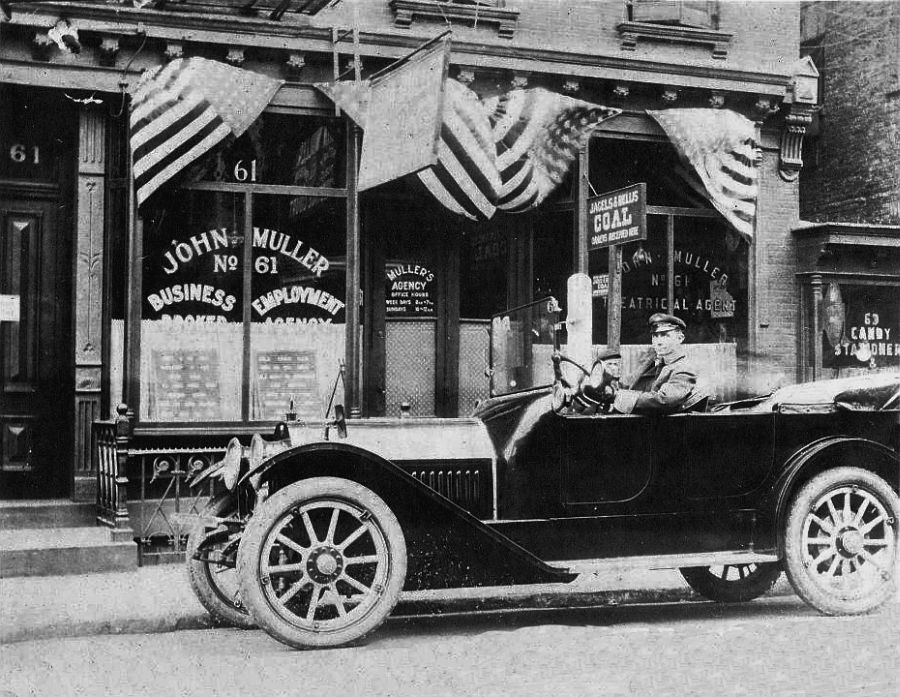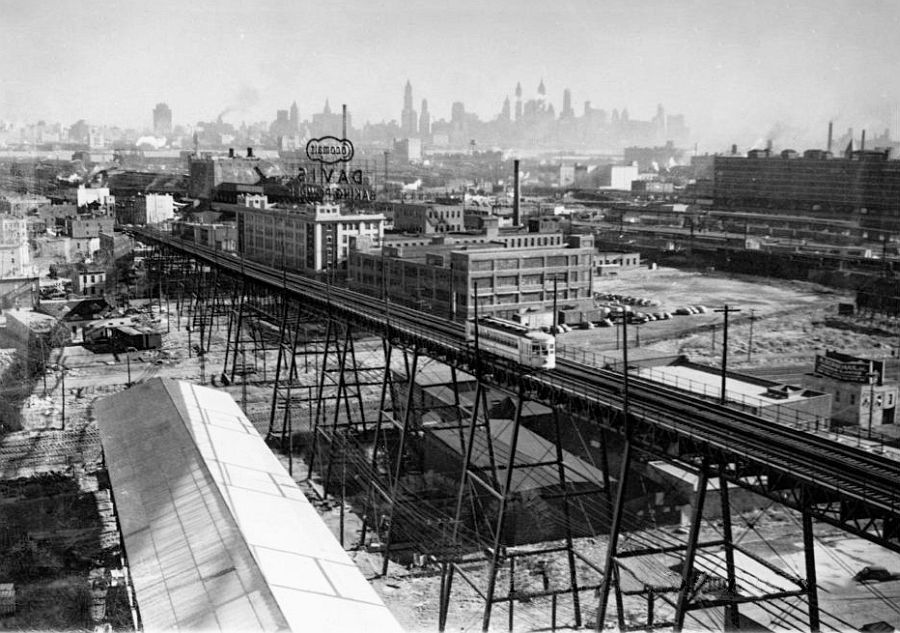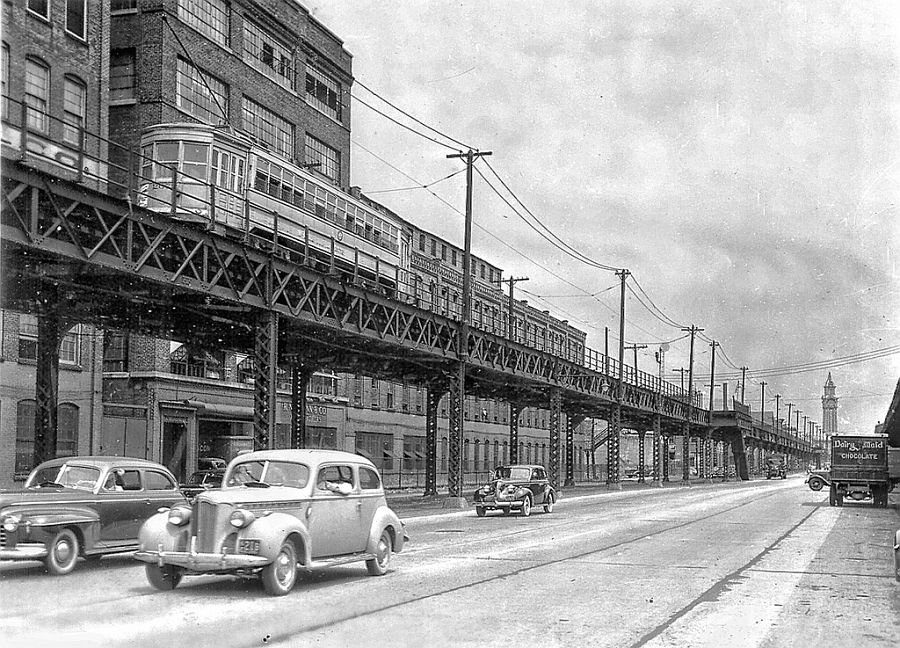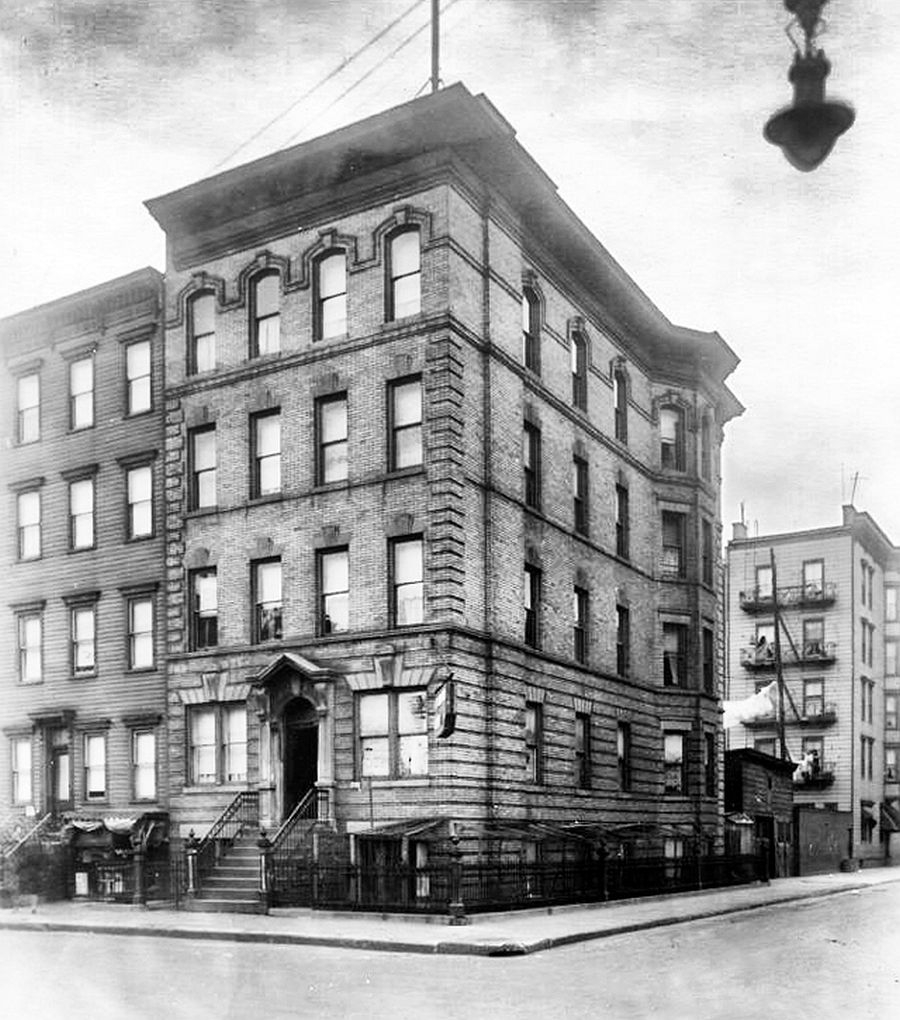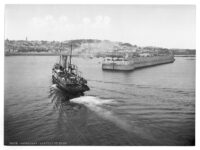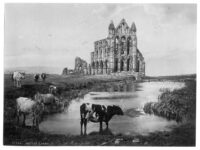Hoboken was originally formed as a township on April 9, 1849, from portions of North Bergen Township. As the town grew in population and employment, many of Hoboken’s residents saw a need to incorporate as a full-fledged city, and in a referendum held on March 29, 1855, ratified an Act of the New Jersey Legislature signed the previous day, and the City of Hoboken was born. In the subsequent election, Cornelius V. Clickener became Hoboken’s first mayor. On March 15, 1859, the Township of Weehawken was created from portions of Hoboken and North Bergen Township.
Based on a bequest from Edwin A. Stevens, Stevens Institute of Technology was founded at Castle Point in 1870, at the site of the Stevens family’s former estate, as the nation’s first mechanical engineering college. By the late 19th century, shipping lines were using Hoboken as a terminal port, and the Delaware, Lackawanna & Western Railroad (later the Erie Lackawanna Railroad) developed a railroad terminal at the waterfront, with the present NJ Transit terminal designed by architect Kenneth Murchison constructed in 1907. It was also during this time that German immigrants, who had been settling in town during most of the century, became the predominant population group in the city, at least partially due to its being a major destination port of the Hamburg America Line, though anti-German sentiment during World War I led to a rapid decline in the German community. In addition to the primary industry of shipbuilding, Hoboken became home to Keuffel and Esser’s three-story factory and in 1884, to Tietjen and Lang Drydock (later Todd Shipyards). Well-known companies that developed a major presence in Hoboken after the turn-of the-century included Maxwell House, Lipton Tea, and Hostess.
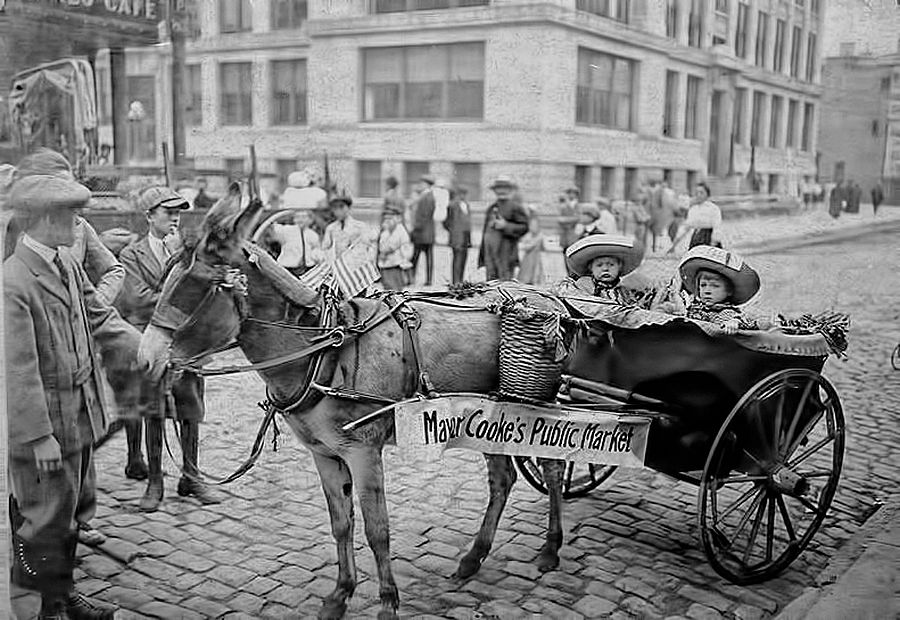
Donkey cart – Hoboken Mayor Cooke’s Public Market (Demerest High School in the background), ca. 1912-15
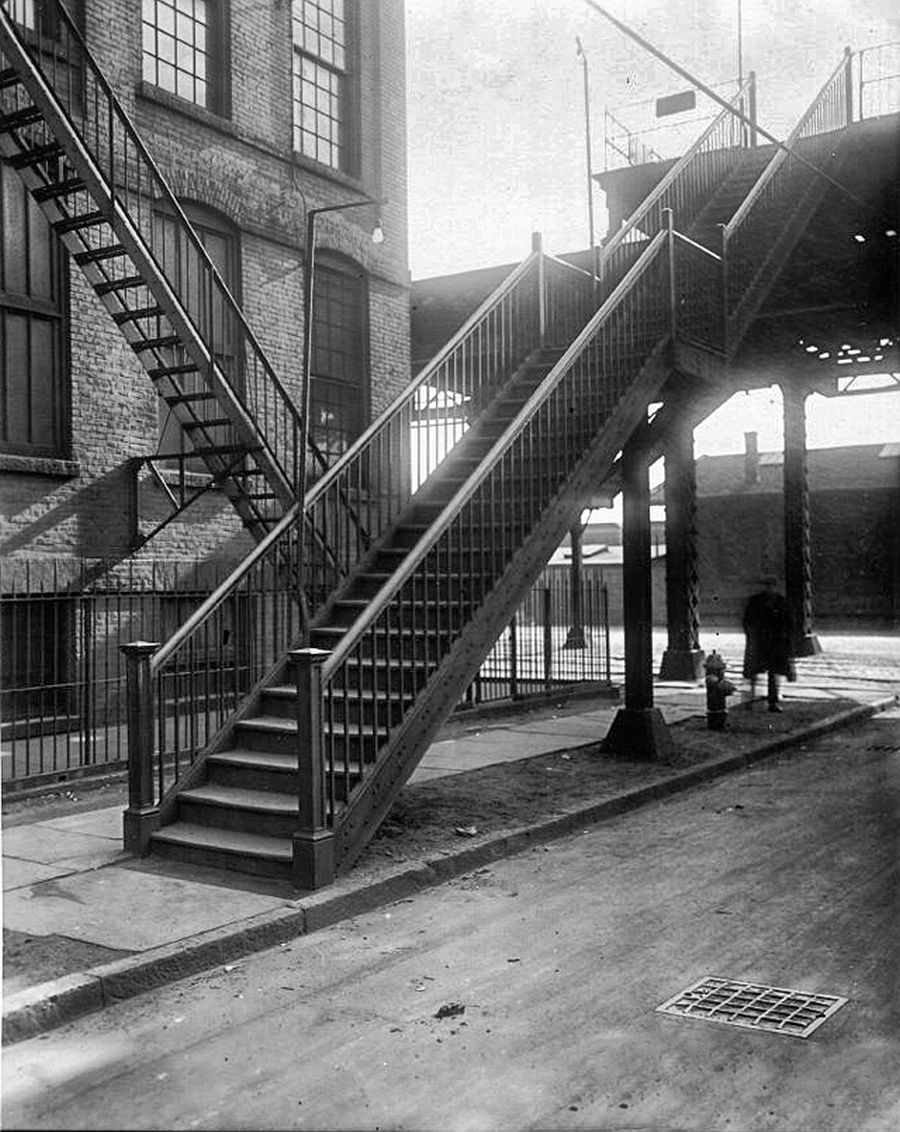
Stairs to the elevated tracks in Hoboken, Willow Ave. and Ferry St.(now Observer Highway), ca. 1932-38
via Lenny

